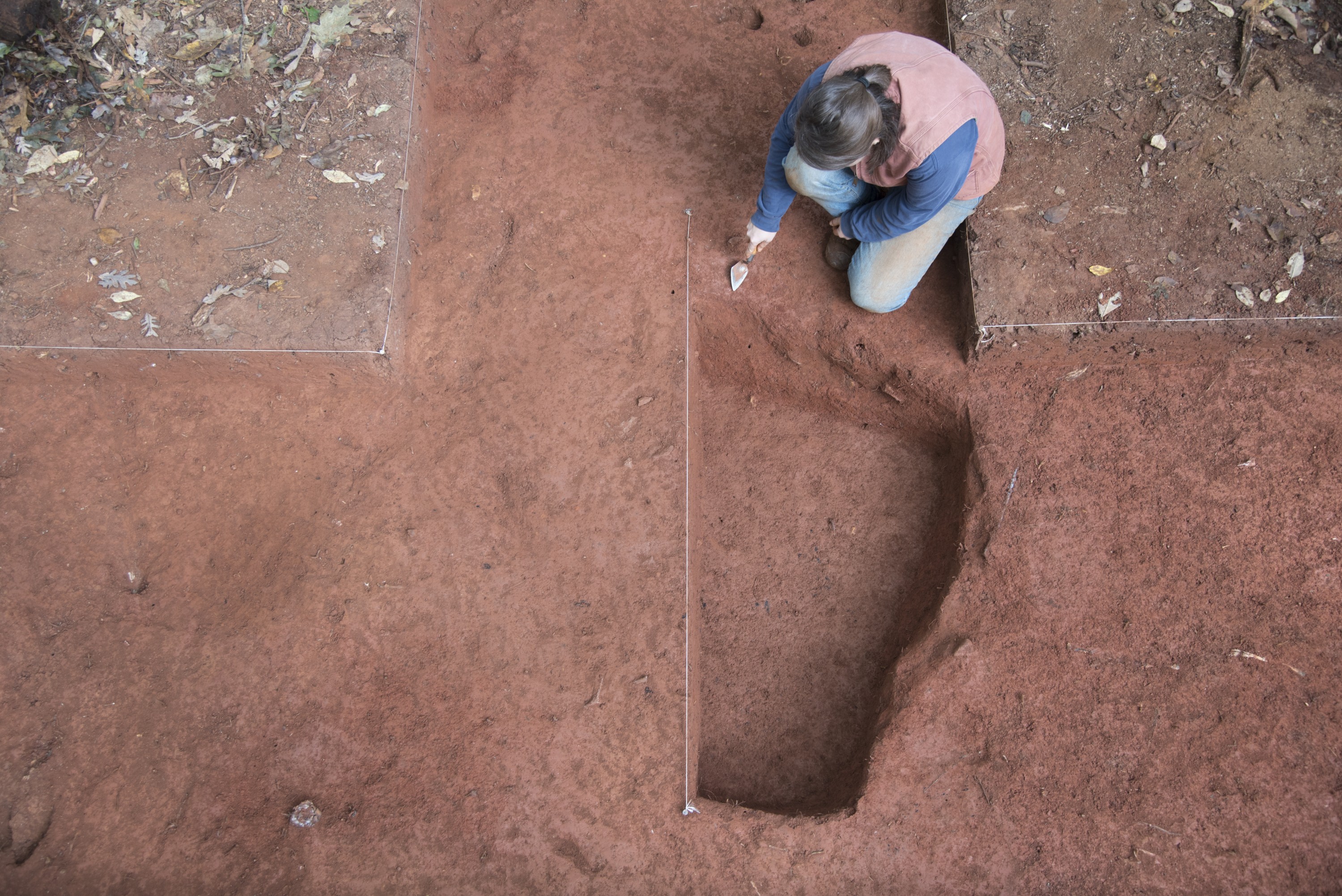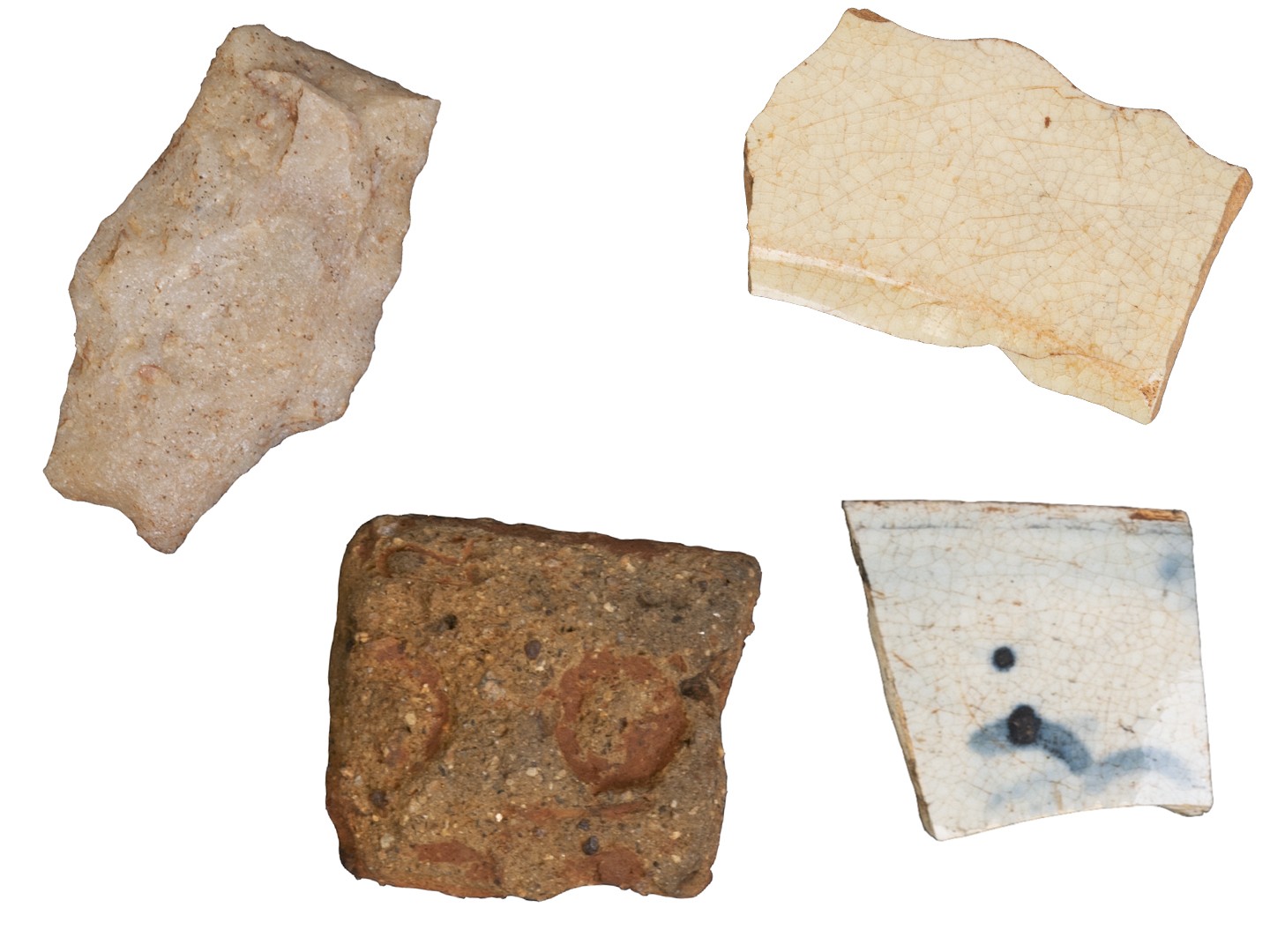Monticello archaeologists began work on an exciting new excavation last year at Site 30, a domestic site where enslaved field laborers lived in the late 18th century. The wooded site is located about a third of a mile east of Thomas Jefferson’s mansion. These projects allow archaeologists to learn more about the lives of the site’s inhabitants from the physical traces they left behind by seeking answers to several basic questions. Can precise occupation dates be determined? How many dwellings were there? What kinds of social groups did they house? How did their household economies work? Like most sites that were home to enslaved field laborers, Site 30 is not mentioned in historic documents, so archaeology is the only way to find answers.
Students enrolled in the Monticello–University of Virginia Archaeological Field School began fieldwork in June 2022, and staff archaeologists continued excavations through November.
Artifacts discovered at the site provided clues that gave a better understanding of occupation dates. Fragments of ceramics were found consisting mostly of creamware table wares, which dates the occupation to the 1770s and 1780s — a time period when tobacco was Monticello’s sole cash crop. There are also pieces of locally made coarse earthenware that point to food storage independent of the weekly ration provided by enough to determine whether there were other pits under this structure. This is an important research question because multiple pits under a single building would indicate that it was home to multiple families. This pattern is seen in homes of enslaved people from the 1770s and 1780s on Mulberry Row and across the Chesapeake for most of the 18th century.
 Monticello archaeologist Crystal O’Connor studies a partially excavated subfloor pit. The full outline of the pit forms a rectangle extending to the left.
Monticello archaeologist Crystal O’Connor studies a partially excavated subfloor pit. The full outline of the pit forms a rectangle extending to the left.Artifact distribution maps suggest there were additional houses on the site. Density peaks on the maps for ceramics and nails lie more than 50 feet south of the subfloor pit. The distance of those items from the house that stood over the already discovered pit also suggests the likelihood of more houses on the site. Additional fieldwork this summer will provide more data to help solve the puzzles of Site 30 and further illuminate the lives of its residents.
Archaeology conducted by the Field School at Site 30 was made possible by The Joseph and Robert Cornell Memorial Foundation.
Found at Site 30
Artifacts in Monticello’s archaeological collections total over 2 million. The 8,500 artifacts recovered to date from Site 30 help archaeologists better understand and interpret what life was like for the people who lived at Monticello.
Stone tools and pottery point to intermittent, seasonal encampments by ancestral Monacans.
Ceramics such as pearlware and creamware help archaeologists understand the site’s occupation dates, its residents’ economic status, and choices residents made at the market while purchasing these objects.

